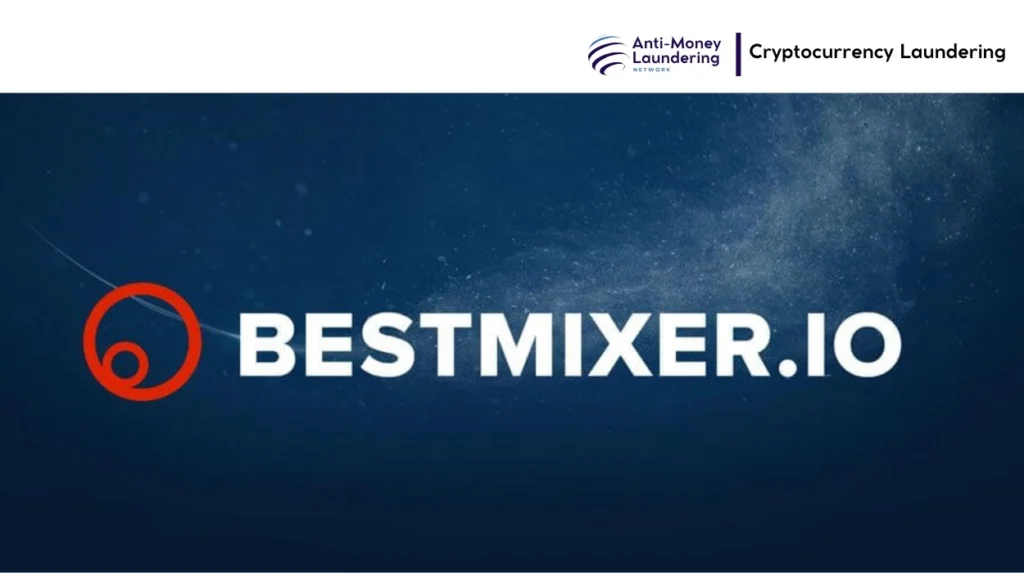Bestmixer was a leading cryptocurrency mixing service primarily used to launder criminal proceeds by obscuring the origin and destination of Bitcoin and other cryptocurrencies. Operating mainly from the Netherlands, it processed over $200 million in illicit funds within a year, facilitating darknet market transactions and other cybercrimes. Its takedown in 2019 by Dutch authorities, Europol, and international partners marked a significant victory against crypto-enabled money laundering, demonstrating effective cooperation and the evolving challenges in tracing digital crime. This case highlights how mixing services play a critical role in the underground economy by enabling criminals to evade detection, underscoring the importance of robust regulatory and technological responses to cryptocurrency laundering.
Bestmixer was one of the largest cryptocurrency mixing services that facilitated the laundering of approximately $200 million in Bitcoin through its anonymizing platform. Investigated and dismantled by Dutch authorities in coordination with Europol and associated international enforcement bodies, Bestmixer enabled criminals worldwide—including drug traffickers, hackers, and other illegal actors—to conceal the origin of illicit cryptocurrency transactions. The service used advanced mixing techniques that broke transaction links on the blockchain, obscuring the trail for investigators. Following a tip-off from McAfee in 2018, investigators seized six servers in the Netherlands and Luxembourg in May 2019, shutting down the service. Subsequent enforcement actions led to arrests in the Netherlands and the confiscation of significant assets linked to laundering proceeds. This case represents a critical moment in combating cryptocurrency-enabled money laundering by demonstrating international cooperation and effective disruption of darknet financial services.

